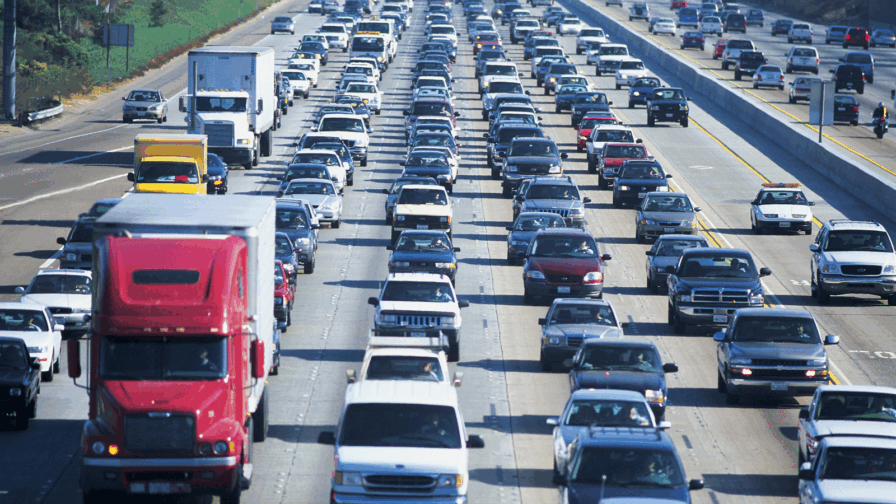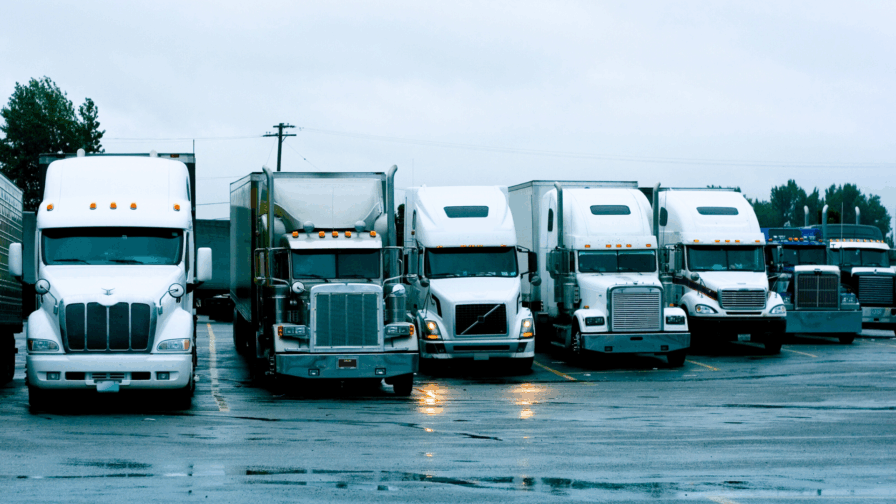What is an ELD?
What is an ELD?
What is an ELD in trucking? This is one of the most common questions our team gets regularly. ELD, electronic logging device, e-logs, or electronic logs are all different terms for the same concept. ELD is the abbreviation for electronic logging devices.
We have drivers call and talk to us often confused about what electronic logs are and what they do. Some are confused about which one meets the Federal Carrier Safety Administration (FMCSA) mandated rule requirements. In this blog, we’ve compiled a list of the most frequently asked questions regarding ELDs in the trucking industry. Keep reading below to become more knowledgeable on the technology and how ELD solutions improve your drive.
There are several different types of electronic logging device systems: BYOD, hard-wired, cellular, and Bluetooth. These are the most widely-used ELD devices.
The most advanced systems are known to have “edge-computing” technology. This means that the data and “work” of the device is located within the actual hardware device. When the hardware device does all the work and stores all the data, drivers and carriers are less likely to experience a system-wide outage.
ELD FAQ – Electronic Logging Devices
What makes an ELD an ELD?
An ELD consists of a hardware telematics unit, software to manage and display Records of Duty Status (RODS), and a display device. The entire system together is an ELD system as specified by FMCSA. The provider of the system must test and certify to the FMCSA that the entire system meets the ELD design specifications.
What does an ELD do?
ELD systems record the truck drivers’ position (GPS) and operating conditions for the vehicle (engine ignition, speed, odometer, engine hours). This is similar to how commercial aircrafts have black boxes to record critical operating data. These events are recorded and then integrated with the commercial motor vehicle (CMV) driver’s inputs. This forms a complete RODS which the driver must certify.
Any driving that is recorded by the hardware must be assigned to a driver, or it becomes Unidentified Driving Records which the motor carrier must manage and account for.
How much does an ELD cost?
ELD systems vary widely in costs and features. FreightWaves Ratings provides an unbiased assessment of technical specifications, features, and costs. Costs are best compared by looking at total costs (hardware, installation, and subscription fees) over a 3-year time frame. This makes comparing different systems manageable.
Do all CDL drivers need an ELD?
With very few exceptions, ELD is required for all professional CDL drivers. According to the FMCSA, These exemptions include:
- For drivers working under the short-haul exemption, timecards are still acceptable and they don’t need to keep records of duty status (RODS) or use electronic logging devices (ELDs).
- Drivers who only need to use paper logs for RODS for a maximum of 8 days in a 30-day period.
- Those who operate drive-away-tow-away services, where the product being delivered is the vehicle being driven, are classified as drivers.
- Drivers of vehicles manufactured prior to 2000.
Can you edit an ELD?
Driving recorded by ELD hardware cannot be edited once recorded, but can be annotated. Non-driving status changes by a driver can be edited. This is one of the benefits of ELDs, as it preserves the integrity of the data recorded in real time.
What is the ELD mandate?
The ELD mandate is an FMCSA regulation that requires commercial drivers to use an ELD to track driving hours and records of duty. The ELD rule was created to improve road safety and working conditions for drivers of commercial vehicles.
How does an ELD help with fleet management?
In addition to adherence to FMCSA regulations, there are other benefits of ELDs. ELDs can help with fleet management because they keep track of maintenance records, so carriers can service vehicles on time. Disputes in delivery time, hours of services, and road accidents can be cleared up based on the data tracked. There is also less work for recording data without error, so drivers can focus on their main tasks.
How do I implement ELD?
To effectively implement ELD, you should evaluate your options, choose your ELD provider, and provide training to your team. We’ve outlined these 3 quick steps to ELD implementation for you.
CDL drivers that fall within the FMCSA mandate regulations are required to use ELD to track their hours of service (HOS). If you are inspected and are not compliant, you will run the risk of being fined. You could also be put out of service for not using an ELD.
Visit www.konexial.com for more information on ELD and industry-leading telematics software.
If you are still unsure about an electronic logging device or if the device you use to track your HOS is FMCSA certified, contact our team today.







